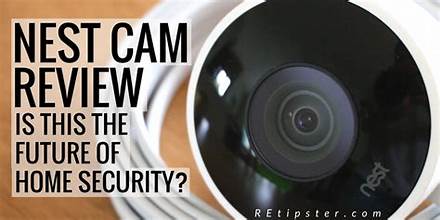The line between science fiction and reality continues to…
The line between science fiction and reality continues to blur, as today’s consumer technology begins to echo the imaginations of speculative storytellers. From smart rings that monitor biometric data with near-clinical precision to augmented reality glasses that overlay digital information seamlessly onto the physical world, our personal tech has become not only smarter, but astonishingly intuitive. These devices no longer simply serve a function—they anticipate needs, adapt to behavior, and blend effortlessly into the rhythms of daily life.
one of the most compelling advancements is the…
One of the most compelling advancements is the rise of ambient intelligence—technology that exists quietly in the background, always on, always learning. AI-powered personal assistants, far beyond the original iterations of Siri or Alexa, now offer a form of contextual companionship. Devices like Humane’s AI Pin or Rabbit R1 are redefining user interaction, operating without traditional screens and relying on natural language and gesture to bridge the gap between thought and action. These tools don’t just respond—they intuit. They learn your patterns, preempt your questions, and offer suggestions before you’ve asked.
In the health and wellness space, we are witnessing a…
In the health and wellness space, we are witnessing a quiet revolution. Smart wearables have matured beyond step counters and heart-rate monitors; they now provide insights once only available in clinical settings. Gadgets like the Oura Ring or Withings ScanWatch analyze sleep stages, readiness scores, and cardiovascular health with impressive accuracy. Meanwhile, smart patches and non-invasive glucose monitors are on the horizon, promising to make real-time biofeedback more accessible than ever before. With this shift, wellness becomes less reactive and more preventive, empowering users to take control of their health in deeply personal and data-informed ways.
Display technology has also leapt forward, reshaping our…
Display technology has also leapt forward, reshaping our relationship with physical devices. Foldable phones and rollable screens—once considered gimmicks—are now maturing into practical, flexible formats. Devices like Samsung’s Galaxy Z Fold5 or Lenovo’s rollable concept phone are challenging the very notion of what a smartphone can be. And augmented reality wearables, from Meta’s Ray-Ban smart glasses to Apple’s Vision Pro, are laying the groundwork for mixed-reality integration that could soon replace screens entirely. These interfaces suggest a future where computing becomes immersive, fluid, and ever-present—yet invisible.
most exciting is the convergence of…
Perhaps most exciting is the convergence of portability and intelligence. Gadgets are no longer defined by hardware specs alone but by how seamlessly they integrate into our lives and evolve over time. As neural interfaces emerge from the lab, haptic feedback becomes more refined, and AI continues its rapid development, the idea of carrying an adaptive, hyper-personalized digital ecosystem in one’s pocket—or embedded subtly into our wearables—is rapidly moving from fiction to fact.
As these technologies become more powerful and…
Yet with such transformative potential comes an equally profound responsibility. As these technologies become more powerful and more intimate, we must consider the ethical implications: privacy, access, overreliance, and the digital divide. The promise of the future in our pocket is not just about convenience or connectivity, but about building a world where innovation serves humanity thoughtfully and inclusively.
To enhance your understanding of the cutting-edge gadgets that are transforming our daily lives, here’s a curated list of some of the most innovative devices available today:







